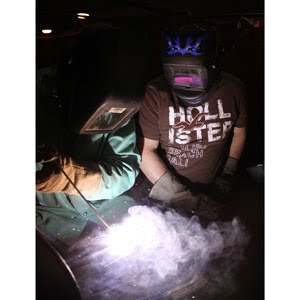1. Challenges I had while gathering the images for the prompts were having to subjects at the correct angle to understand what rule the photograph was under.
2. One technical aspect I had trouble with was focus. On my camera the auto focus was not working so I had to use manual focus, I had trouble with it because it was hard to tell if it was all the way focused. One aspect I had no trouble with was camera holding, I believe that I was holding the camera properly the whole time.
3. If I do this photo shoot again I would have the topics of my images already in mind, take more time focusing on the subject, and work on my angles.
4. If I were to do the same photoshop again I would go to some of the same classrooms and choose the same subjects for merger and simplicity.
5. For our next shoot I believe that the rule of merger will be the easiest to capture.
6. In the academic photo shoot I believe that the rule of balance was the hardest image to capture.
7. One rule I am still not totally clear on is the rule of balance, I can more fully understand it by reviewing the camera composition rule powerpoint and look at examples.
Critique-
http://erikasphotojournalismblog.blogspot.com/2016/09/academic-shoot.html?m=1
- I believe she did a good job of the aspect of having her photographs focused and not blurry.
- I believe that she captured all the images correctly to fit the diffent rules.
- One thing I believe she could improve on is having a less busy background behind her subjects.
- I believe she did a good job of the aspect of having her photographs focused and not blurry.
- I believe that she captured all the images correctly to fit the diffent rules.
- One thing I believe she could improve on is having a less busy background behind her subjects.




























